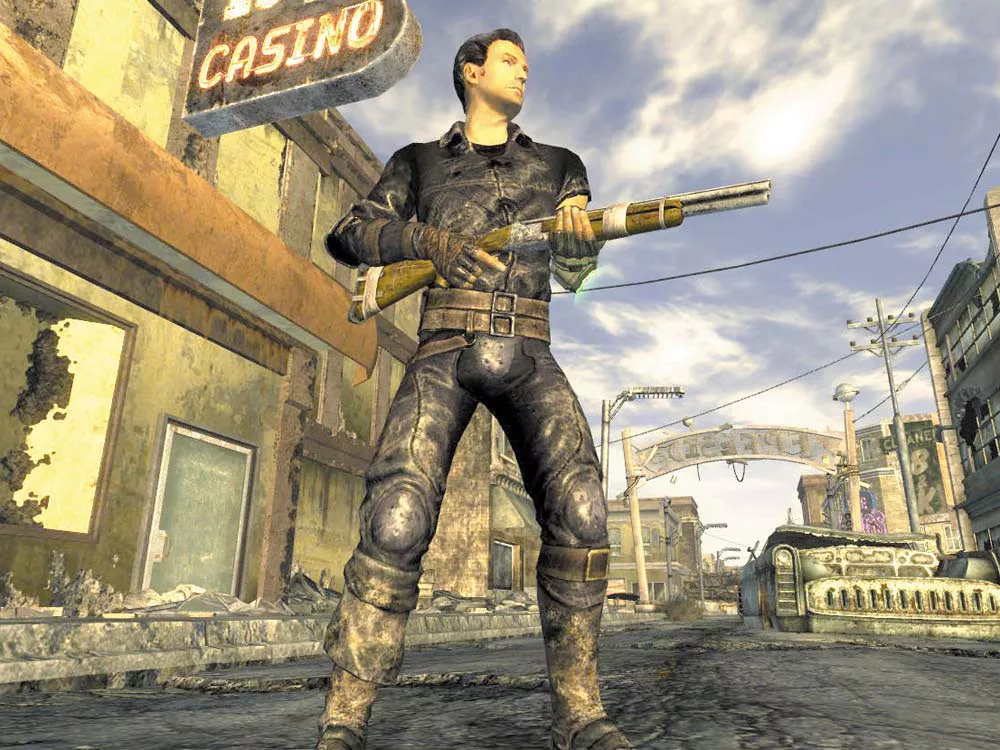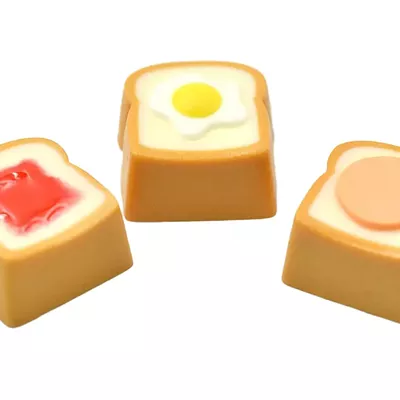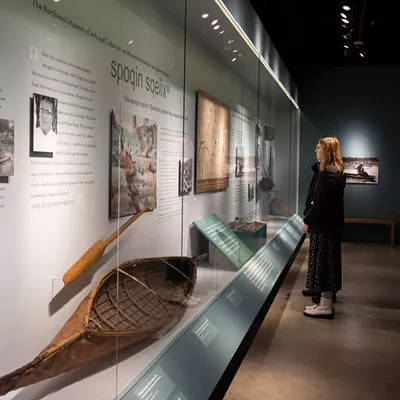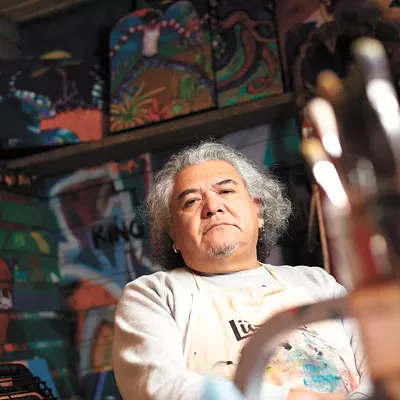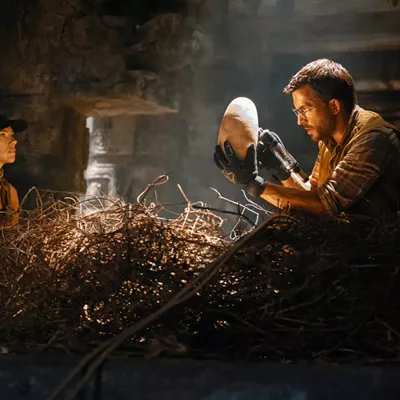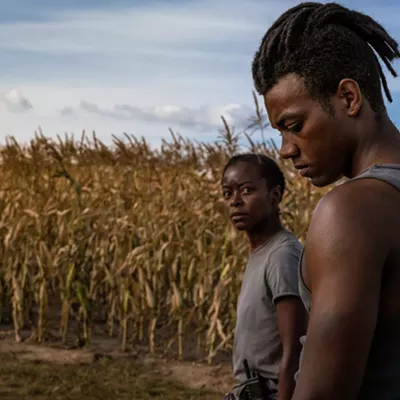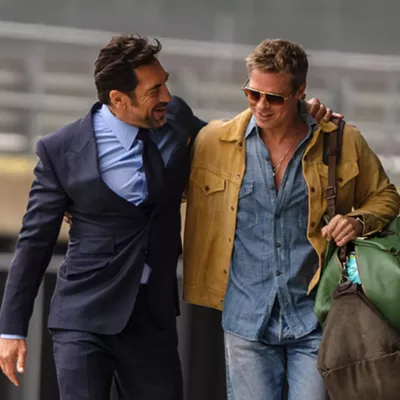I can always tell that a videogame is good when I end up turning the game off and crawling into bed sometime shortly before dawn. Then, a few hours later, I’m awake, loading up on cereal and firing up the game again. In Fallout: New Vegas, the first thing I did on one particular bleary-eyed morning was go back to sleep.
The night before I had been locked in a brutal conflict.
A gang of Nightkin, which are tall, buff, blue-skinned brutes that resemble the Incredible Hulk, had entrenched themselves in the basement of a rocket factory. I was asked by the glow-stick-looking leader of a group of radioactive humans (known as ghouls) to eradicate the Nightkin.
This task, a variation on the “clear the goblins out of the local wine cellar” mission that occurs early on in nearly every role-playing game, was giving me a lot of trouble. Not only were the Nightkin extremely durable, every time I died and restarted, the ensuing battle would play out differently. I would miss some crippling shots I had inflicted before. The Nightkin would charge down different hallways. I would forget to take my fire-resistant drugs.
By the time I had defeated the Nightkin, I was exhausted. And so the first thing I did when I woke up the next morning was put my character to bed. Because in Fallout: New Vegas, there is a “Hardcore Mode,” which requires players to make sure that their characters eat sufficient food, drink plenty of water and get enough sleep. It’s like a post-apocalyptic version of The Sims, only without the bathroom activities.
“Hardcore Mode” is not a required part of the game, and many players will find Fallout: New Vegas challenging enough without it. But it is the logical extension of a game franchise that has become increasingly sophisticated. Everything in New Vegas is accounted for — from the bullet casings that are left behind after a battle to the corpses on the street of the first little one-horse town I blasted my way through.
All of this detail can be overwhelming. It was certainly frustrating at first as I scrounged through ruined buildings and mapped out every functional drinking fountain. But eventually, I noticed I hadn’t become dehydrated or hungry in a long time. I was sleeping regularly. I kept my weapons in good repair. I had adapted to the game’s world and found myself inhabiting my character. I had awakened in New Vegas.
THE GOOD: Fallout: New Vegas is a Wild West gunslinger role-playing game set in a nuclear wasteland where combat is a defining activity.
As a result, the slight modifications and customizations that can be made to weaponry make a bigger difference than they would in less-nuanced shooters or more streamlined RPGs.
THE BAD: In a world where every weapon wears down and each limb has its own health rating, an intuitive system of character creation would have felt less daunting. I don’t dislike New Vegas’ classic role-playing system, which requires me to assign numerical points to define my character, but I think the game’s designers missed a chance to be more accessible and immersive.
THE BOTTOM LINE: Fallout: New Vegas hits the jackpot.

